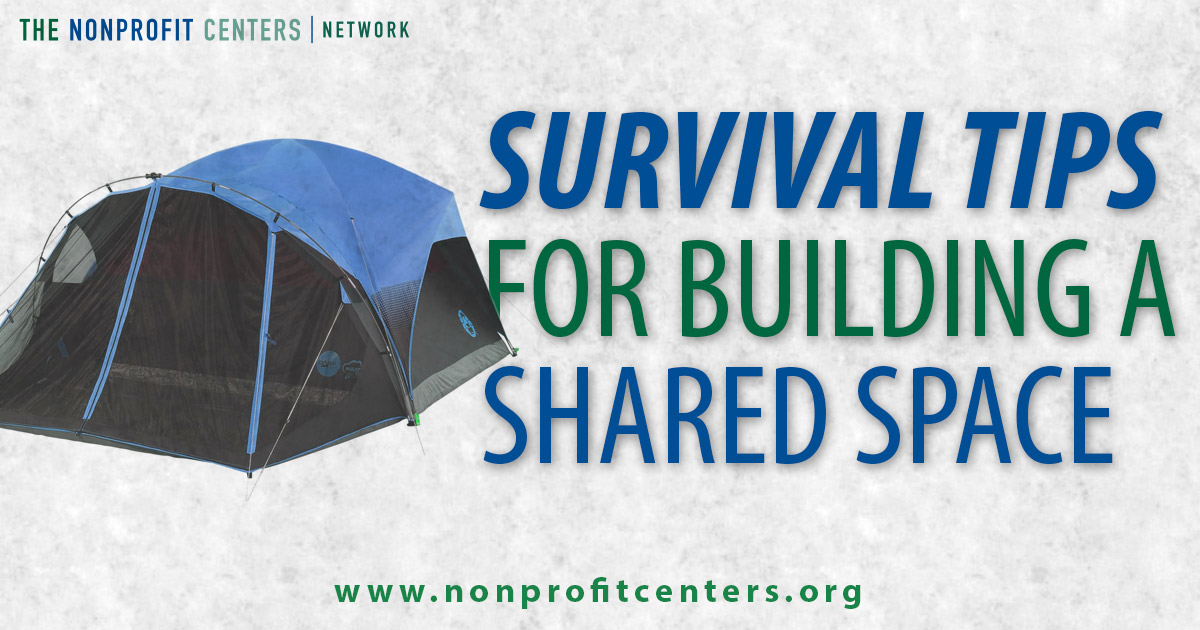Lately I’ve been working with a number of organizations who are in the early stages of a new shared space project. It’s an exciting time, but it can also quickly become stressful and chaotic.
#1 – Communicate. Your project may shift, the ideal location may change, your partners may have second thoughts, but someone has to maintain clear communication to a variety of stakeholders (potential funders, potential tenants, government agencies, media, real estate professionals, etc). Commit to some type of regular communication, whether it’s a newsletter or notes emailed to a distribution list. It can prevent misunderstandings down the line and it establishes norms for your shared space around transparency, inclusivity and decision-making.
#2 – Know Your Specs. As soon as you can, survey your group as to what their space needs are and what they can afford. I often see three iterations of this: 1st when you’re in the idea stage (folks indicate the same as what they currently occupy/spend), 2nd when you are faced with the first real estate opportunity (folks dream big and request more space) and 3rd when the numbers come in and everyone figures out what they can really afford (folks then request less space because they realize they can share many amenities and save money). It’s ok for this to evolve over time, in fact it shows that everyone is doing their homework. What’s important is to keep asking the question and anticipate it will fluctuate.
#3 – Clarify Decision-Making. It’s fine for folks to have varying estimates of how much space they need, or what they can afford – as long as you are clear about when decisions need to be made and who is going to make them. Nonprofits often need to go through Boards, committees and other staff to make such decisions, so having everyone agree to a decision timeline helps the process go more smoothly.
#4 – Have Fun! Projects can get bogged down in lots of meetings. Shared space centers can take over three years to develop. The highest performing groups build in some community-building in the process: fun events to keep the enthusiasm up and to remind themselves of why they started this project in the first place. Involving staff beyond the Executive Directors is also key so that everyone feels like they are part of the process.
#5 – Outsource. The biggest stressors are trying to do your day-job while coordinating a shared space project. Just the logistics of scheduling meetings can take a shocking amount of time. At NCN, we contract with many organizations to conduct their feasibility studies because this work is very hard to accomplish while managing your organization. We also recommend hiring a Project Manager once the project is being actively pursued. Even someone who works 10 hours a week, scheduling meetings, taking meeting minutes, and following up on action items will make a huge difference in the success of your project. Budgets should always include these types of pre-development expenses.
What’s your experience been? If you’re in the midst of a project, how are you surviving? I’d love to hear your thoughts and so would the NCN community.

